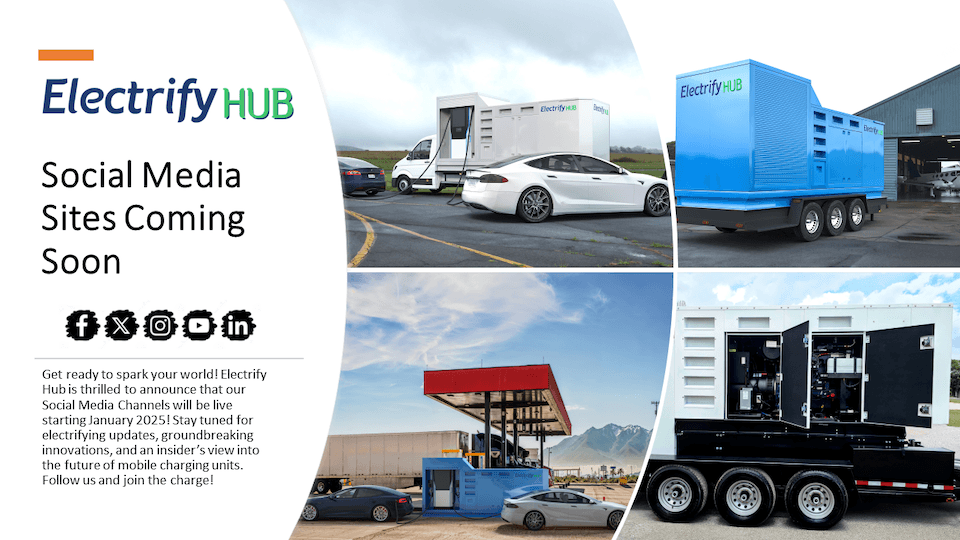Emergency Services
Here are some important insights regarding carbon emissions from emergency services:
High Emissions Impact
EMS vehicles, especially fuel-powered, are major carbon emitters.
Primary Emission Source
CO2 emissions mainly come from gasoline/diesel in ambulances and emergency vehicles.
Emissions per Response
Each emergency response emits around 80.7 pounds of CO2e.
Police & Security EVs
Performance & Noise Reduction – EVs offer high speeds for pursuits, reduced noise for low-disruption patrolling, and community-friendly engagement.
Electric Ambulances
Efficient Medical Response – Provide fast, quiet patient transport, creating a more comfortable environment for patient care.
Electric Fire Trucks
Clean Urban Firefighting – Agile and compact, ideal for quick urban response with minimal air pollution impacts.
Solutions
Here are some of the practical and impactful applications of Electrify Hub’s Mobile Charing Units:
- Natural Disaster First Response Team
- Mobile Evacuation Centers with EV Charging Points
- Off-grid Emergency EV Charging Points
- Off-grid Police & Security Force EV Charging Points
- Distressed EV Asset Recovery Team
- Rapid Response Command Center Power Source
- Emergency Center Backup Power Source
Collaboration among emergency agencies, governments, and private stakeholders is key for charging infrastructure solutions, ensuring emergency vehicle readiness and disaster response.
- Deploy HUB’s Mobile Charging Units (MCUs) at EV stations on evacuation routes; plan for EVSE redundancy to match EV adoption.
- Use MCUs in planning off-grid and flood-resilient EV charging stations.
- Proactively seek Federal Grants to support MCUs in Emergency and Security Management plans.



